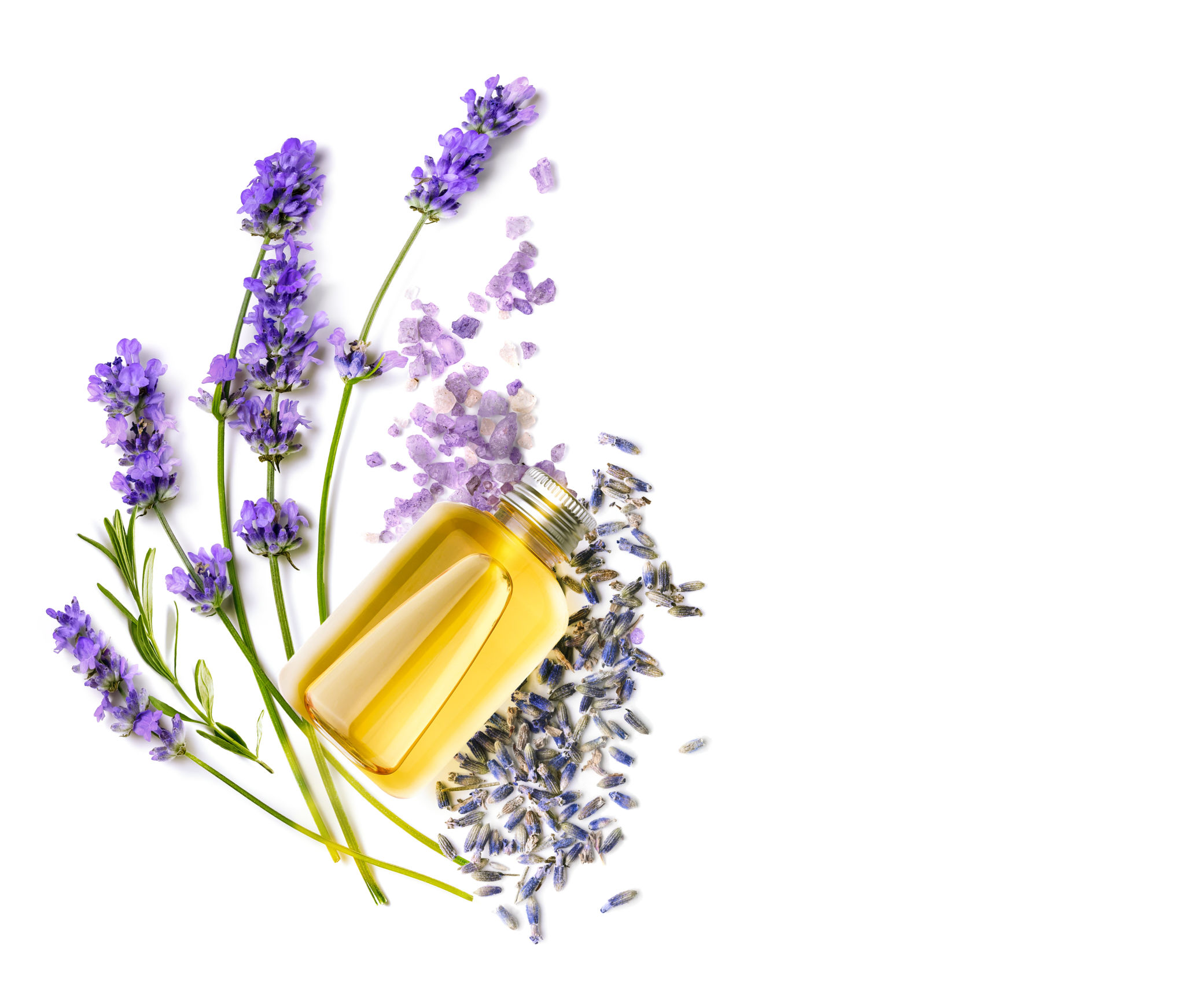Massage Therapy Techniques for Stress Relief
Understanding Stress and Its Impact on the Body
In today's fast-paced world, stress has become an almost inevitable part of life. From work pressures to personal responsibilities, various factors contribute to our stress levels. When stress becomes chronic, it can lead to numerous health issues, including anxiety, depression, and physical ailments such as headaches and muscle tension. Fortunately, massage therapy offers a natural and effective way to alleviate stress and promote overall well-being.
Massage therapy involves manipulating the body's muscles and tissues to relieve tension and improve circulation. By focusing on specific points in the body, massage therapists can help reduce stress levels and enhance relaxation. This holistic approach not only addresses physical symptoms but also supports mental health.

Swedish Massage: The Classic Approach
Swedish massage is one of the most popular techniques for stress relief. This method uses long, gliding strokes, kneading, and circular movements on the topmost layers of muscles. It helps increase blood flow, reduce muscle tension, and improve flexibility, making it an excellent choice for those new to massage therapy.
The gentle nature of Swedish massage makes it suitable for people of all ages and fitness levels. It's an ideal option for those looking to relax and unwind after a long day or week. By promoting relaxation, Swedish massage can help reduce the production of stress hormones and enhance overall mood.
Deep Tissue Massage: Targeting Chronic Tension
For individuals experiencing chronic muscle tension or pain, deep tissue massage may be more beneficial. This technique focuses on deeper layers of muscle and connective tissue. By using slower strokes and more intense pressure, deep tissue massage aims to alleviate knots and tension in specific areas.

While deep tissue massage can be slightly uncomfortable during the process, many people find it highly effective in relieving long-standing tension. It's particularly useful for those who have sustained injuries or suffer from conditions such as fibromyalgia.
Aromatherapy Massage: Enhancing Relaxation with Essential Oils
Aromatherapy massage combines the benefits of massage with the therapeutic properties of essential oils. Different oils are chosen based on their ability to promote relaxation or invigorate the senses. For instance, lavender oil is known for its calming effects, while peppermint oil can help energize and revitalize.
The use of essential oils not only enhances the physical benefits of massage but also provides emotional support. The soothing aromas can help alleviate anxiety and promote a sense of peace and tranquility.

Hot Stone Massage: Harnessing Heat for Healing
Hot stone massage involves placing smooth, heated stones on specific points of the body. The heat helps relax muscles, allowing the therapist to apply deeper pressure if needed. This technique can be especially effective for relieving tension in areas that are difficult to reach through traditional massage methods.
The warmth from the stones also promotes better circulation and can help reduce inflammation. Many people find hot stone massage to be deeply relaxing and an excellent way to soothe both mind and body.
Conclusion: Choosing the Right Technique for You
When considering massage therapy for stress relief, it's important to select a technique that aligns with your individual needs and preferences. Whether you opt for a gentle Swedish massage or a more intensive deep tissue session, each method offers unique benefits that can enhance your physical and mental well-being.
Consulting with a professional massage therapist can help you determine the most suitable approach based on your specific stress levels and health concerns. By incorporating regular massage therapy into your self-care routine, you can effectively manage stress and promote a healthier, more balanced lifestyle.
